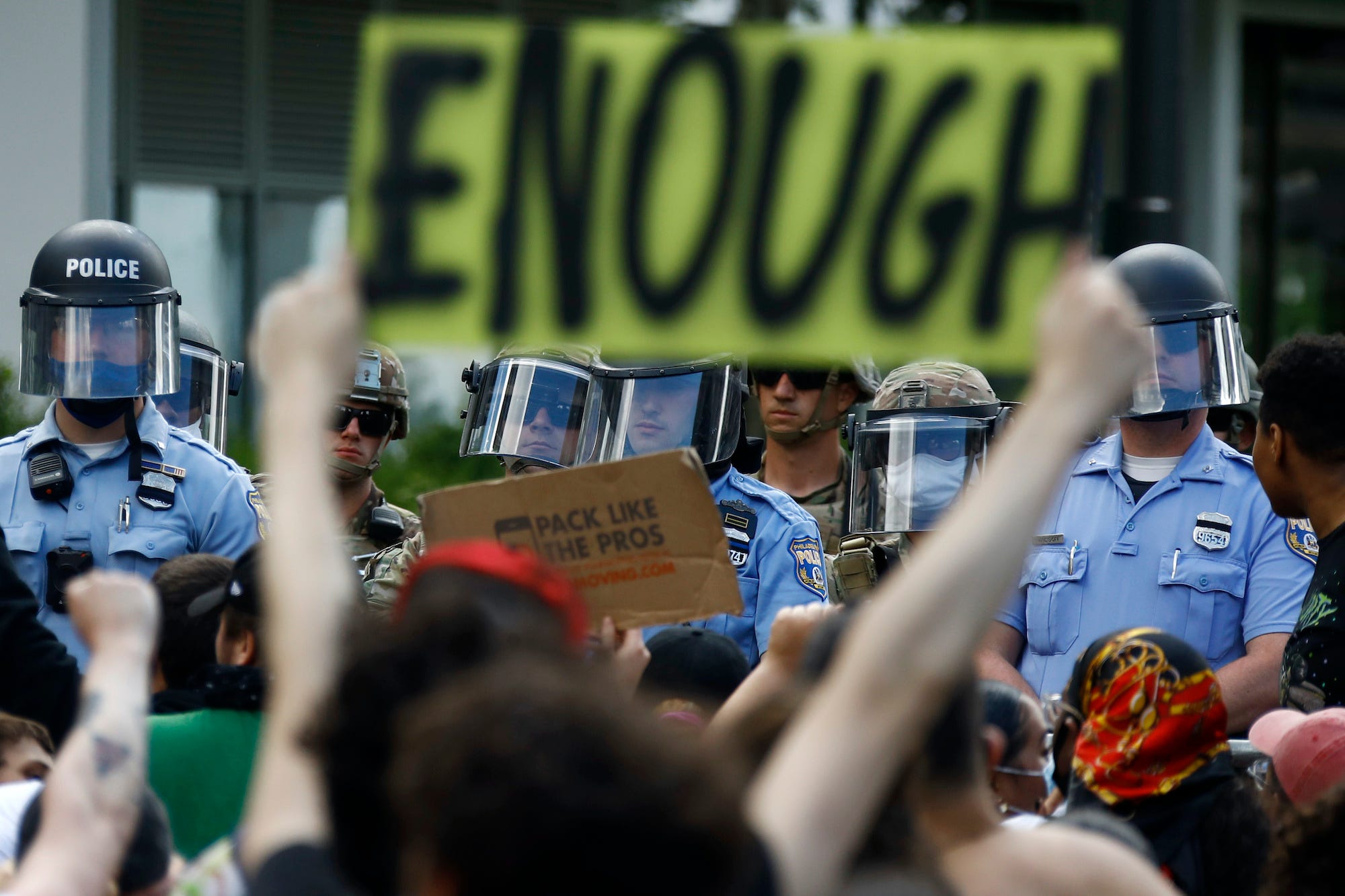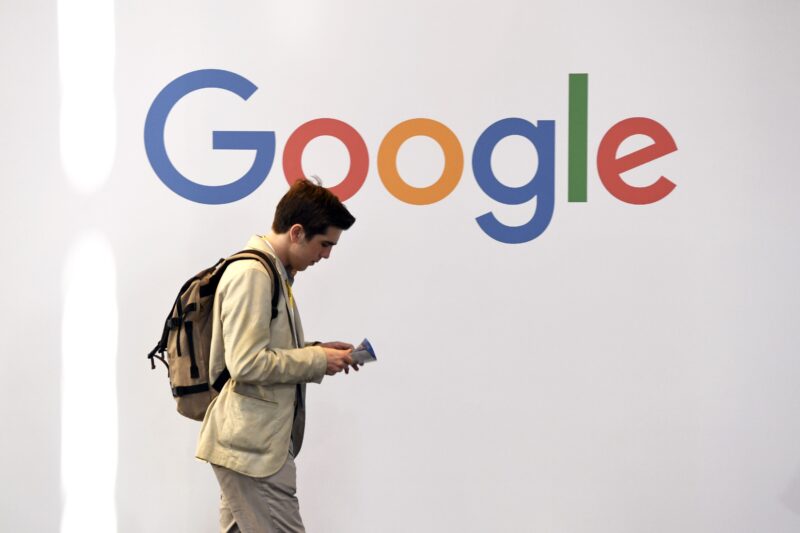- In the last week, thousands of Americans have taken to the streets to protest the killing of George Floyd and police violence.
- Experts at Campaign Zero, a police-reform initiative, have identified six data-backed ways to reduce police violence.
- Research shows body cams and implicit-bias trainings don’t work. Strict policies against use of force, strong federal oversight, and changes to police union contracts do.
- According to Campaign Zero, police recruits on average spend 58 hours learning how to shoot, but just eight hours learning how to de-escalate potentially violent situations. Spending more time on de-escalating and leaning on non-police partners to respond in mental health crises could help, too.
- Visit Business Insider’s homepage for more stories.
Thousands of Americans are protesting in more than 350 cities across the US this week, following the killings of George Floyd, Breonna Taylor, and thousands of other black people killed by police over the years.
They’re demanding justice for repeated incidences of police brutality against people of color: ex-Minneapolis policeman Derek Chauvin killed Floyd on May 25, and Louisville police officers shot Taylor in her home on March 13. According to the Mapping Police Violence database, police killed 1,099 Americans last year alone. About 25% of those people were black, though only 13% of the US population is.
According to Samuel Sinyangwe, a data scientist and the co-founder of a police-reform initiative called Campaign Zero, there are research-backed ways to curb this violence. Most buck traditional thinking.
“Everything you’ve probably heard is a lie. Specifically, the most discussed ‘solutions’ to police violence have no evidence of effectiveness,” Sinyangwe tweeted in October. He added: “For example, body cams don’t reduce police violence.”
Sinyangwe listed several solutions in a thread, and Campaign Zero is also circulating a document that outlines additional data-based methods to stop police violence.
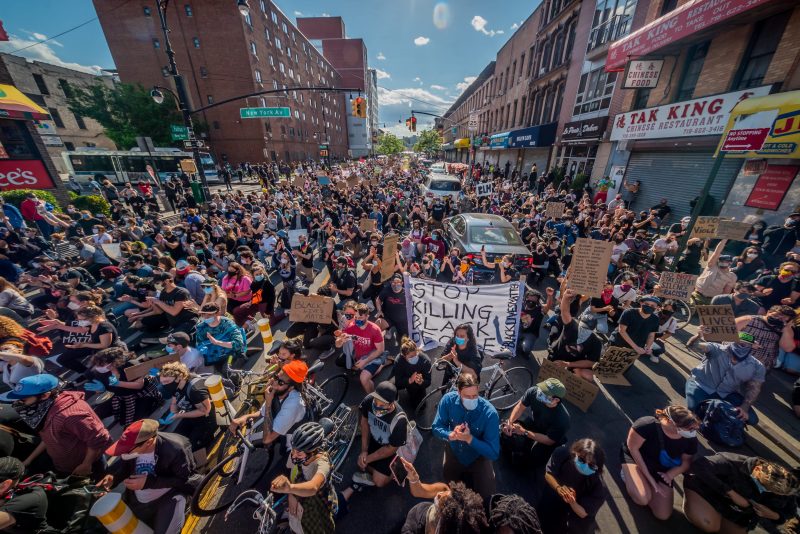
Here are six changes that could make a difference, and two approaches that don't seem to work.
1. Eliminate language in police union contracts that limits officer accountability
Union contracts and police bills of rights have formalized policies that limit police accountability. According to the Police Union Contract Project, these contracts erect at least one barrier to proper oversight of law enforcement officers' misconduct in 72 of the US's 81 largest cities.
Such provisions include the disqualification of certain complaints from being investigated or resulting in discipline, restrictions on officer interrogations, options for officers to appeal for reinstatement, and officer access to privileged information during investigations.
Forty cities and three states give officers paid leave while they're under investigation. Forty-three cities and four states erase officers' misconduct records after a period of time, sometimes within as little as two years of an incident.
A Washington Post investigation found that of the 1,881 US police officers who were fired for misconduct between 2006 and 2017, 451 of them won their jobs back after an appeal.
In many of those cases, arbitrators overruled police chiefs on the terminations - not because there were doubts about whether the officers had engaged in misconduct, but because police departments made bureaucratic errors while disciplining officers, such as missing deadlines.
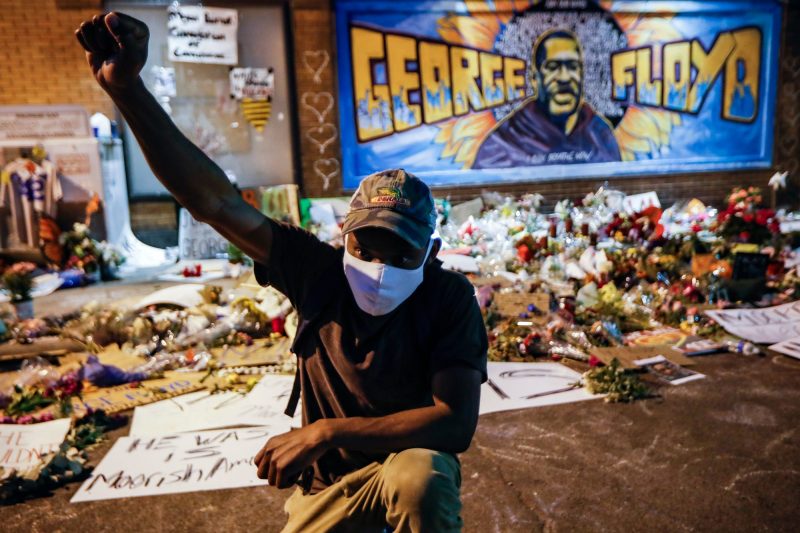 Foto: Protesters gather in Minneapolis on June 1, 2020, at a memorial for George Floyd where he died after being restrained by police officers. Source: AP Photo/John Minchillo
Foto: Protesters gather in Minneapolis on June 1, 2020, at a memorial for George Floyd where he died after being restrained by police officers. Source: AP Photo/John Minchillo
Last month, for instance, the Broward County Sheriff's Office in Florida was forced to reinstate a deputy who was fired after he hid behind his car during the 2018 Parkland school shooting. Sgt. Brian Miller was fired two days after the 180-day window in which termination was supposed to occur. Because of that misstep, an arbitrator said Miller's due process rights had been violated. He was ordered reinstated with full back-pay.
Experts have recommended that police departments reform their processes for disciplinary appeals to ensure that officers who engage in misconduct are held fully accountable. That might entail eliminating arbitrators from the process and instead leaving the decision to democratically elected officials such as city councils.
2. Track complaints about officers' use of force
Most complaints against officers aren't public, making them hard to track.
A 2019 study found that police officers who are are partnered with officers who garner complaints about excessive force are more likely to receive such complaints themselves in the future.
Researchers examined more than 8,600 Chicago police officers named in multiple complaints between 2005 and 2017. The analysis found that the more officers with histories of excessive force were in a group, the higher the risk that other officers in that group would develop similar track records.
According to Andrew Papachristos, one of the study's co-authors, this link could help predict potential bad behavior by officers and give departments better information about when and how to intervene before violent incidents occur.
"If you are going to build an early intervention system that only looks for bad apples, that will only go so far," Papachristos told the Chicago Tribune. "How we pair and assign officers matters - a lot. Officers with a history of abuse have a pretty strong influence on subsequent behavior of other officers."
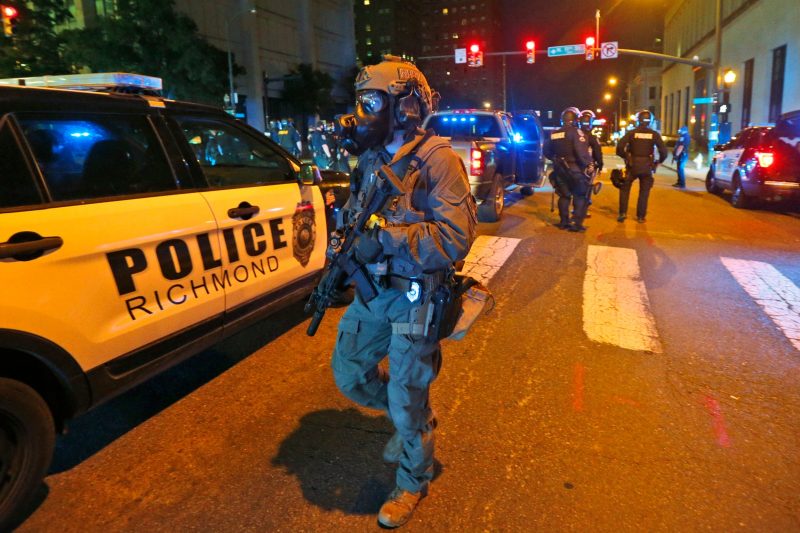
Instituting a means of tracking complaints against officers, and making that data public, could provide further oversight.
Legislation that prohibits officers who are terminated for serious misconduct from being rehired could also make a difference.
3. Scale up non-police organizations to respond to emergency calls
According to the Treatment Advocacy Center, a nonprofit, at least one in every four people killed by police has a serious mental illness.
Not all officers who respond to an emergency call involving a person with mental illness are trained in crisis management, which may result in mismanaging the situation that ends in police violence.
Programs like Eugene, Oregon's Cahoots, which stands for Crisis Assistance Helping Out On The Street, can work to alleviate those situations by responding to those calls in lieu of or alongside police officers.
Leveraging crisis workers and mental health providers to respond to incidents involving substance abuse, mental health crises, and homelessness, for example, could work to minimize violence.
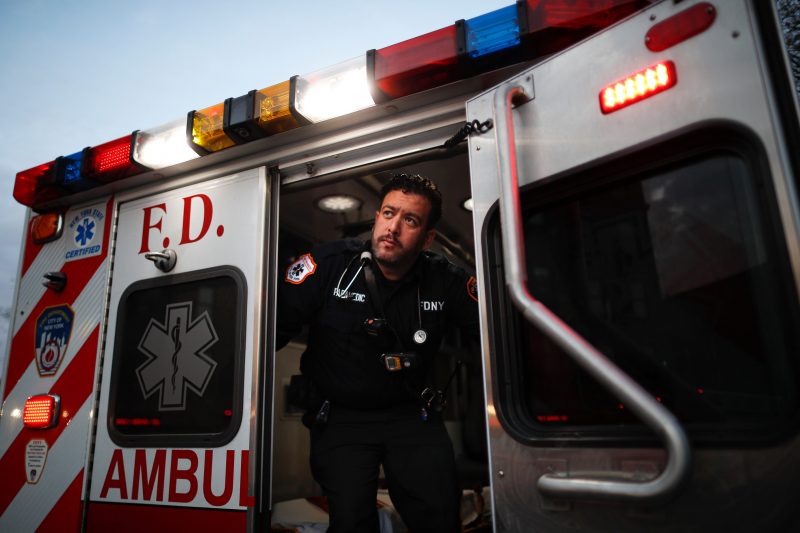
4. Encourage federal oversight for police departments
According to a Vice investigation, departments that went through federal investigations and subsequently adopted new policies saw police shootings fall by between 27% and 35%.
The Department of Justice-backed interventions recommend stricter policies against use of force, improved officer trainings, and an independent process to review police killings. Shootings dropped in Philadelphia, San Francisco, and Baltimore.
Campaign Zero suggests establishing automatic federal investigations of all police departments with the highest rates of police violence and the most severe racial disparities in America.
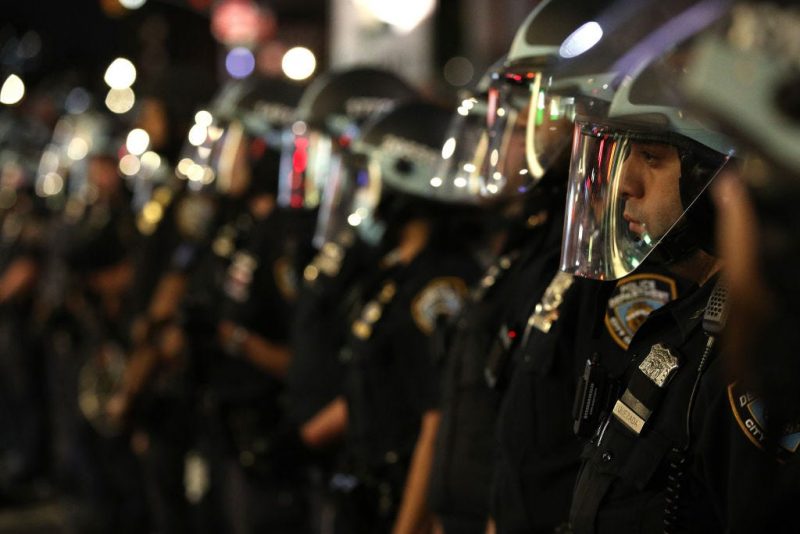
5. Demilitarization is imperative
A common theme at protest scenes across the country has been police officers' use of military-grade equipment against unarmed civilians.
That's largely thanks to a Pentagon program known as 1033, which allows the military to send surplus military equipment to police and sheriff's departments. The program has resulted in local law enforcement agencies being outfitted with equipment like armored vehicles, bayonets, and even grenade launchers.
But research has shown that receiving more military equipment makes police departments more likely to use it. According to a 2017 study, researchers found that the act of receiving the equipment "leads to a culture of militarization" within police departments, causing them to "rely more on violence to solve problems."
Though former President Barack Obama reined in the program in 2015 and barred certain types of equipment from being sent to police departments, President Donald Trump reversed the action in 2017.
Reinstating limits around what type of gear can and should be sold to local law enforcement agencies could help reduce police-inflicted violence and death.
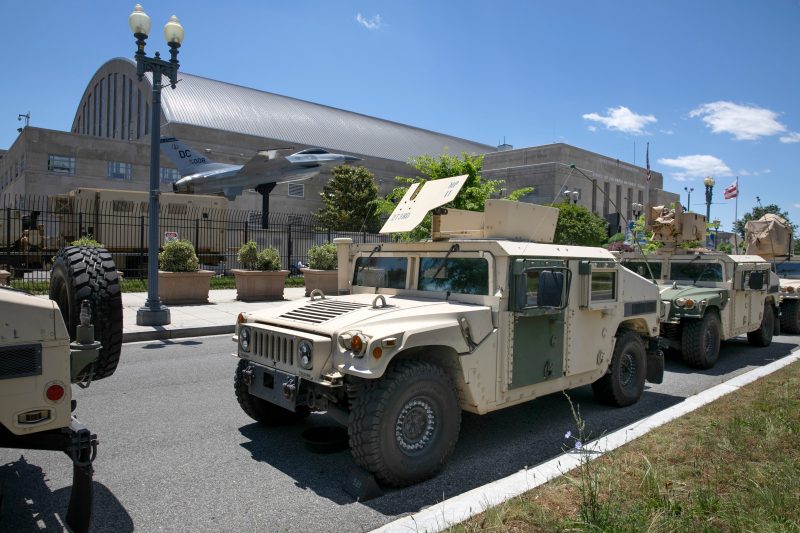
6. More restrictive laws governing use of force
"Use of force," according to the international association of chiefs of police, is the "amount of effort required by police to compel compliance by an unwilling subject."
That could encompass everything from using a chokehold, mace, or Taser, to ex-officer Chauvin's knee on the back of Floyd's neck.
Police departments that have more restrictive policies around what use-of-force methods are allowed are much less likely to kill people.
After cities like Chicago and Los Angeles adopted more restrictive policies in 2017 and 2019, respectively, the number of police shootings dropped.
Campaign Zero suggests departments ban chokeholds, and utilize deadly force as a last resort, after efforts at de-escalation - the strategic slowing down of an incident that allows officers more time, distance, and space to peacefully resolve conflict - have failed.
These changes, plus requiring departments to report and publish online data on all uses of force, could reduce police violence.
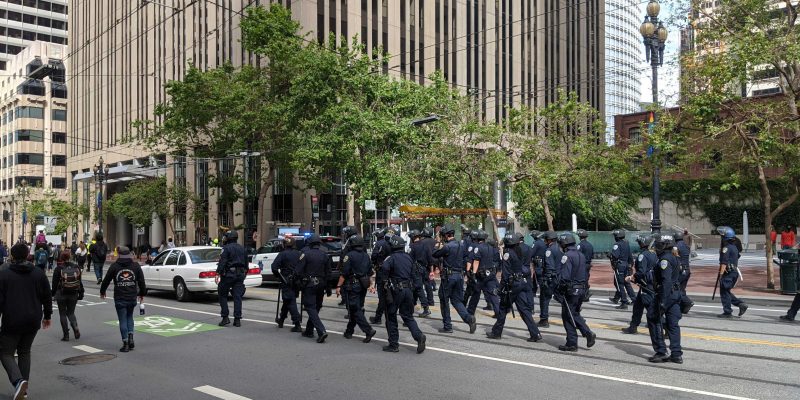
2 methods that don't work: implicit bias trainings and body cameras
Implicit bias trainings have become one of the most popular reforms that police and sheriff's departments have implemented in recent years. The idea is that training officers to be more aware of their subconscious biases about class, gender, and race will help reduce conflicts with marginalized communities.
Yet experts have grown skeptical over whether this training actually works - for one, there are few consistent standards and assessments for the trainings, and therefore it's difficult to track exactly how effective they are, The Atlantic reported.
Instead, policing reform advocates have pushed for departments to prioritize de-escalation training, rather than implicit bias training. According to Campaign Zero, police recruits on average spend 58 hours learning how to shoot, but just eight hours learning how to de-escalate potentially violent situations.
Body cameras are another method that haven't been proven effective when it comes to excessive force instances.
Though police departments across the country have adopted body cameras for officers - often in response to public pressure for transparency - studies have shown mixed results as to whether they actually reduce excessive-force incidents, and whether they lead to police being disciplined or prosecuted for misconduct.
According to a review of 70 empirical studies on body cameras, eight studies found no significant decrease in use-of-force incidents from police wearing body cameras, while just six studies found that officers were less likely to use force.
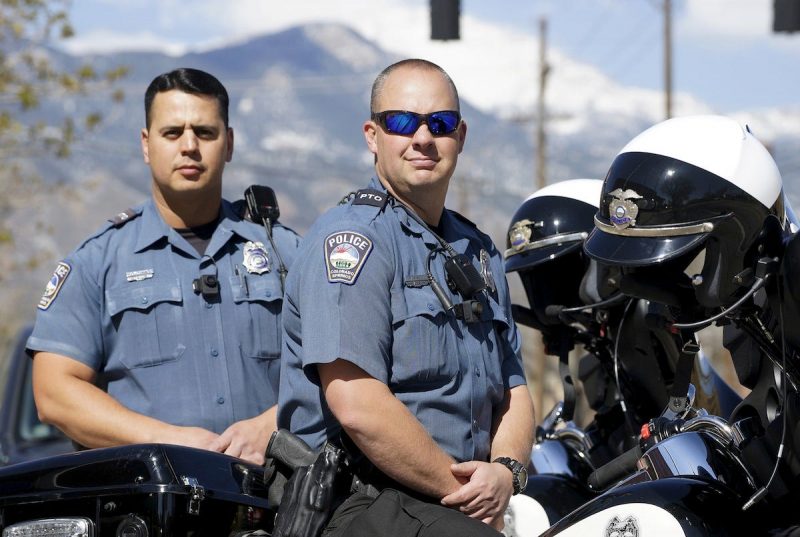
Furthermore, the footage appears to more frequently be used against citizens, not police officers. Research has even shown that 93% of prosecutors' offices have used body cameras mostly in cases against citizens, not against police.
Though it's unlikely that police departments will be giving up their use of body cameras anytime soon, organizations such as Campaign Zero have advocated for police departments to enforce stricter policies to prevent the cameras from being used to surveil marginalized communities.
